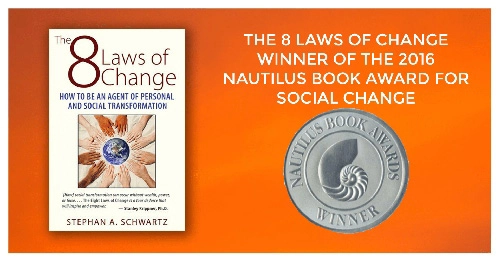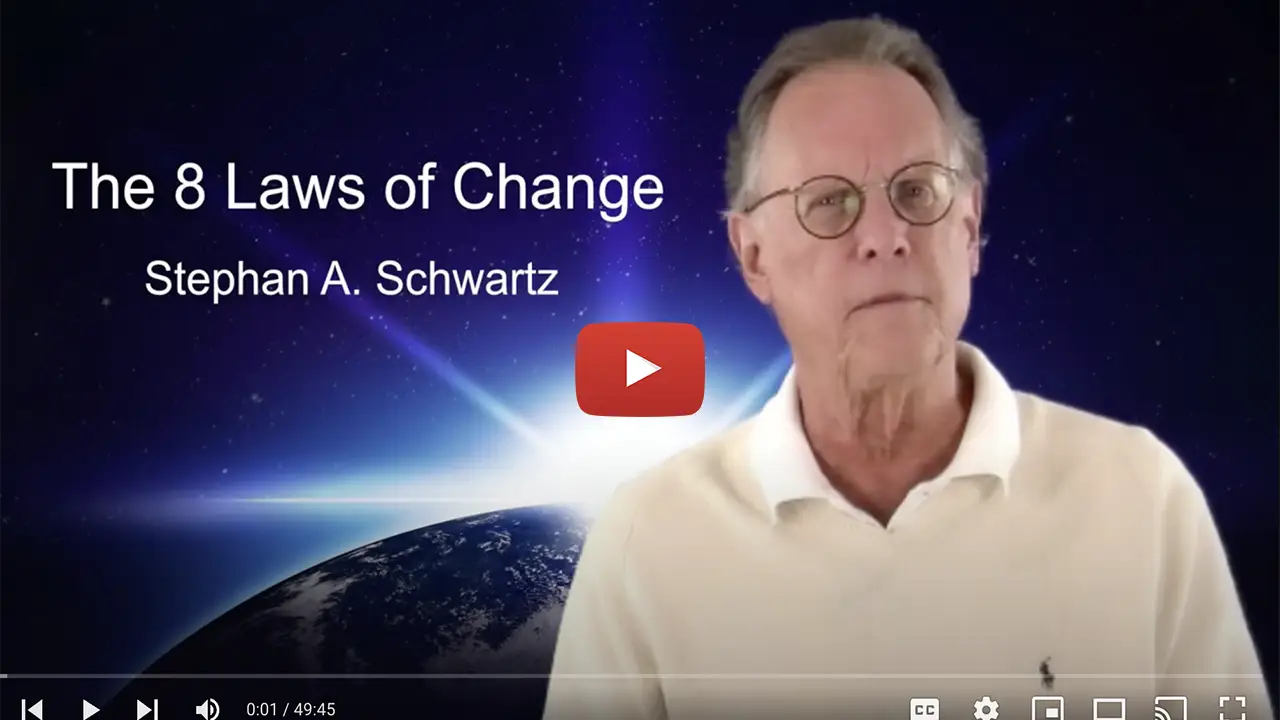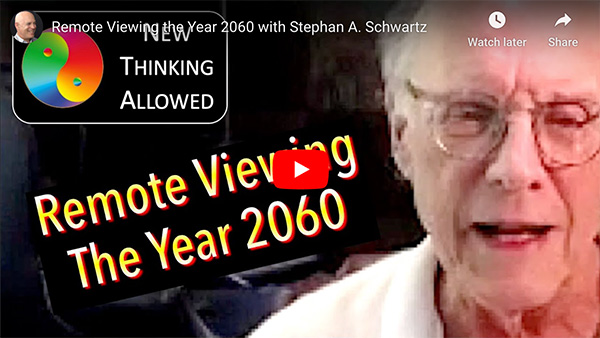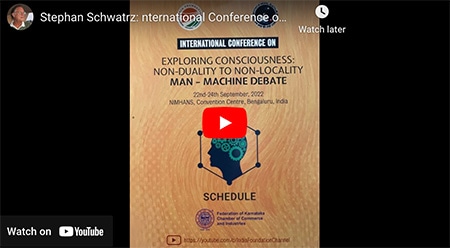
In early 2016, as Donald Trump’s presidential campaign emerged from the Republican pack and Hillary Clinton battled Bernie Sanders through a long Democratic primary season, computer scientist Latanya Sweeney launched a new research project. For more than a decade, information technology had become an increasingly dominant presence in American politics. By that election year, social media, online campaigning, and digital voter records seemed to be everywhere. And so Sweeney, the Paul professor of the practice of government and technology, decided to follow the election more closely than usual. With a group of students, she began studying the places where technological innovation and the electoral process crossed paths. “We wanted to see,” she says, “how technology could make it all go wrong.”
That they did. A few weeks before the March primary in North Carolina, Sweeney and her class found that election board websites were giving incorrect information when voters searched for their local polling places. (She and her students had built a web service to give the correct information to voters everywhere across […]










This woman is likely the most intelligent woman I have ever read about in the last 50 years or so! What brains and then having to deal with misogyny and racism! She’s absolutely amazing and I wonder why no governmental agency has hired her to solve these problems of privacy and false information on various platforms.
She deserves a Presidential Medal without question. Minds like hers are so rare and amazing and should be cherished and directed to areas that she can make a huge difference, as she already has. Her name needs to be broadcast and special programs about her intelligence and her unique ideas to protect peoples’ identities and information are essential in today’s world of misinformation, disinformation, and general lying! Thank goodness for people like her!!!!